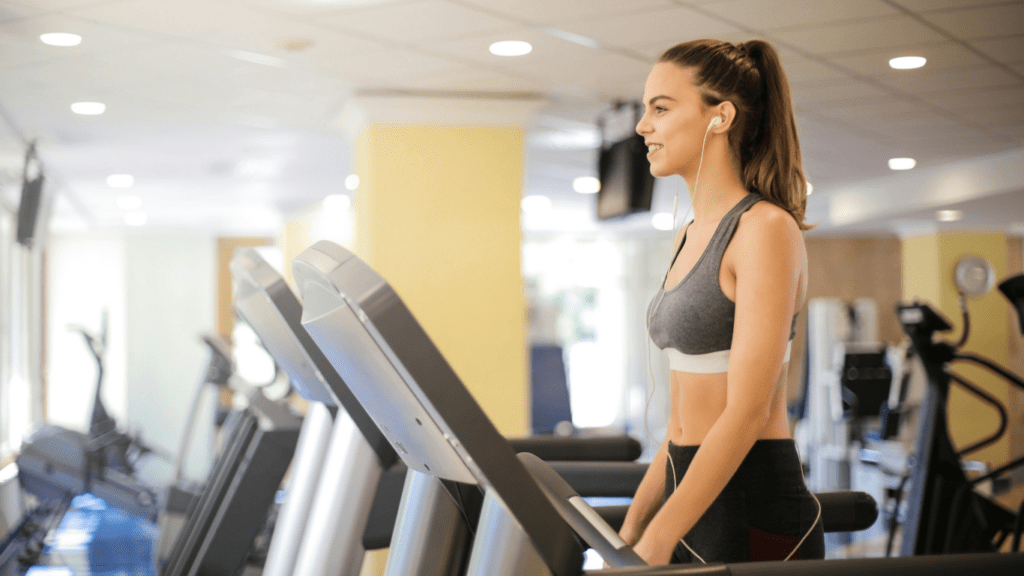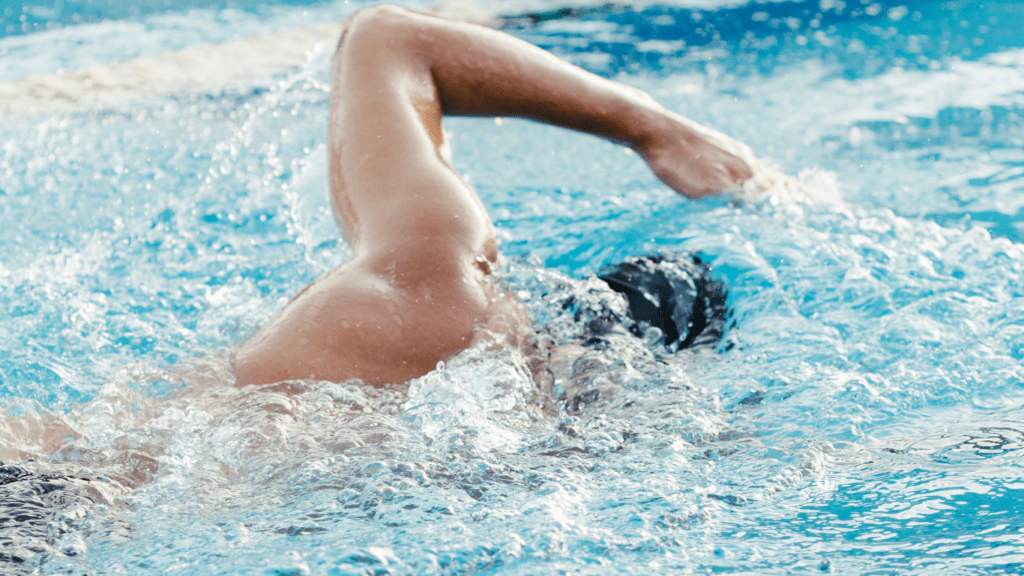When it comes to boosting cardiovascular endurance, many of us fall into the trap of pushing too hard, too fast. I’ve been there, and I know how frustrating it can be to feel burnt out or even injured after a rigorous training schedule.
The key to building endurance lies in finding that sweet spot between challenging yourself and allowing your body to recover. In this article, I’ll share effective strategies that helped me improve my cardiovascular endurance without the risk of overtraining.
You’ll discover practical tips on how to balance intensity and rest, ensuring that you not only build stamina but also enjoy the process. Let’s dive into the world of sustainable fitness and unlock your endurance potential together.
Understanding Cardiovascular Endurance
Cardiovascular endurance describes the body’s ability to sustain prolonged physical activity. Developing this endurance is crucial for overall health and fitness.
What Is Cardiovascular Endurance?
Cardiovascular endurance refers to the efficiency of the heart, lungs, and muscles during sustained exercise. It’s measurable through activities like running, cycling, or swimming. A higher level of cardiovascular endurance allows me to perform these activities over extended periods.
Key factors influencing cardiovascular endurance include aerobic capacity and the body’s ability to transport and utilize oxygen effectively.
Importance of Cardiovascular Endurance
Cardiovascular endurance plays a vital role in overall health. It enhances stamina, allowing me to engage in daily activities with more energy. Improved cardiovascular endurance reduces the risk of chronic diseases such as heart disease, diabetes, and hypertension.
Engaging in regular endurance training strengthens the heart muscle and boosts circulation. Additionally, it supports weight management by increasing calorie expenditure even at rest. Prioritizing this type of fitness leads to better physical performance and improved mental well-being.
Signs of Overtraining
Recognizing the signs of overtraining is crucial to maintaining cardiovascular endurance without injury. Overtraining can manifest both physically and mentally, impacting performance and overall health.
Physical Symptoms
- Increased fatigue – Feeling unusually tired during workouts may indicate overtraining.
- Decreased performance – A drop in workout intensity and progress signals potential burnout.
- Sleep disturbances – Trouble sleeping or unrestful nights often correlate with overtraining.
- Frequent illnesses – An uptick in colds or other infections suggests a weakened immune response.
- Muscle soreness – Persistent soreness that lasts longer than usual may be a sign of overtraining.
Mental Symptoms
- Mood swings – Experiencing irritability or sudden changes in mood can reflect mental fatigue.
- Loss of motivation – A decline in enthusiasm for workouts signals potential overtraining issues.
- Difficulty concentrating – Struggling to focus during workouts or daily activities often signals mental burnout.
- Increased anxiety – Higher levels of anxiety before workouts can indicate psychological stress from overtraining.
- Depression – Feelings of sadness or hopelessness associated with fitness may arise from excessive training.
Monitoring these signs helps maintain a balanced approach to improving cardiovascular endurance. Recognizing symptoms early enables adjustments in training, ensuring effective progress without the risk of overtraining.
Effective Strategies for Improvement
Improving cardiovascular endurance requires a strategic approach that balances effort and recovery. Here are some effective strategies to enhance endurance without falling into the trap of overtraining.
Gradual Progression
Gradual progression is essential for avoiding injuries while building endurance. I incorporate small increases in intensity or duration into my workouts, typically by adding 5-10% each week. This slow and steady approach allows my body to adapt and reduces the risk of burnout.
For instance, during running sessions, I might increase my distance from 3 to 3.3 miles. Keeping a structured plan helps monitor progress and adjust accordingly.
Incorporating Cross-Training
Incorporating cross-training into my routine helps prevent overuse injuries and keeps workouts engaging. I mix different activities such as cycling, swimming, and rowing, which target various muscle groups while improving heart health.
For example, I may alternate between running on weekdays and cycling on weekends. This variety not only boosts my cardiovascular fitness but also promotes overall strength and flexibility.
Importance of Rest and Recovery
Prioritizing rest and recovery is crucial for long-term endurance improvement. I schedule regular rest days to allow my body to heal and rebuild. Active recovery, like light walking or gentle yoga, aids in muscle repair and keeps me active without taxing my system.
Additionally, I use techniques like stretching and foam rolling post-workout to enhance recovery. Listening to my body and recognizing signs of fatigue enables me to adjust my program, ensuring I stay on track toward my fitness goals.
Nutrition for Endurance Training
Nutrition plays a vital role in enhancing cardiovascular endurance. Proper fueling and hydration significantly contribute to performance and recovery.
Fueling Your Body
Fueling my body involves choosing nutrient-dense foods that support prolonged activity. Focus on complex carbohydrates, like whole grains, fruits, and vegetables. These provide lasting energy and help replenish glycogen stores.
Including lean proteins, such as chicken, fish, or legumes, supports muscle repair and growth. Fats from sources like nuts, seeds, and avocados provide additional energy. Timing meals matters; I aim to eat a balanced meal 2-3 hours before training and consume a snack rich in carbs and protein within 30 minutes post-exercise for optimal recovery.
Hydration Tips
Hydration directly impacts endurance and performance. I monitor my fluid intake before, during, and after workouts. Water suffices for shorter sessions, but for longer activities exceeding an hour, I choose electrolyte-rich drinks to maintain balance.
I hydrate consistently throughout the day, especially in hot or humid conditions. A general guideline is to consume about half my body weight in ounces of water daily, adjusting for sweat loss during training. Listening to my body’s thirst signals helps me stay adequately hydrated for optimal performance.
Monitoring Your Progress
Monitoring progress is essential for improving cardiovascular endurance effectively. It allows me to track my efforts, adjust training plans, and prevent overtraining.
Setting Realistic Goals
Setting realistic goals helps me maintain focus and motivation. I establish specific, measurable, achievable, relevant, and time-bound (SMART) objectives. For instance, if I aim to run 5K without stopping, I might set a goal to complete it in 30 minutes within eight weeks.
Weekly milestones, like increasing my running distance by 10% or reducing my time by one minute, keep me progressing steadily. Celebrating these small successes supports my journey and reinforces my commitment to training.
Utilizing Heart Rate Monitors
Utilizing heart rate monitors provides real-time insights into my cardiovascular exertion. I set target heart rate zones, typically between 50% and 85% of my maximum heart rate, depending on my fitness level.
Monitoring my heart rate during workouts, I ensure that I stay within these zones, optimizing the benefits of my training while avoiding overexertion. Additionally, tracking heart rate variability can indicate recovery status. If I notice significant fluctuations, it signals a need for rest or adjustments in intensity.




